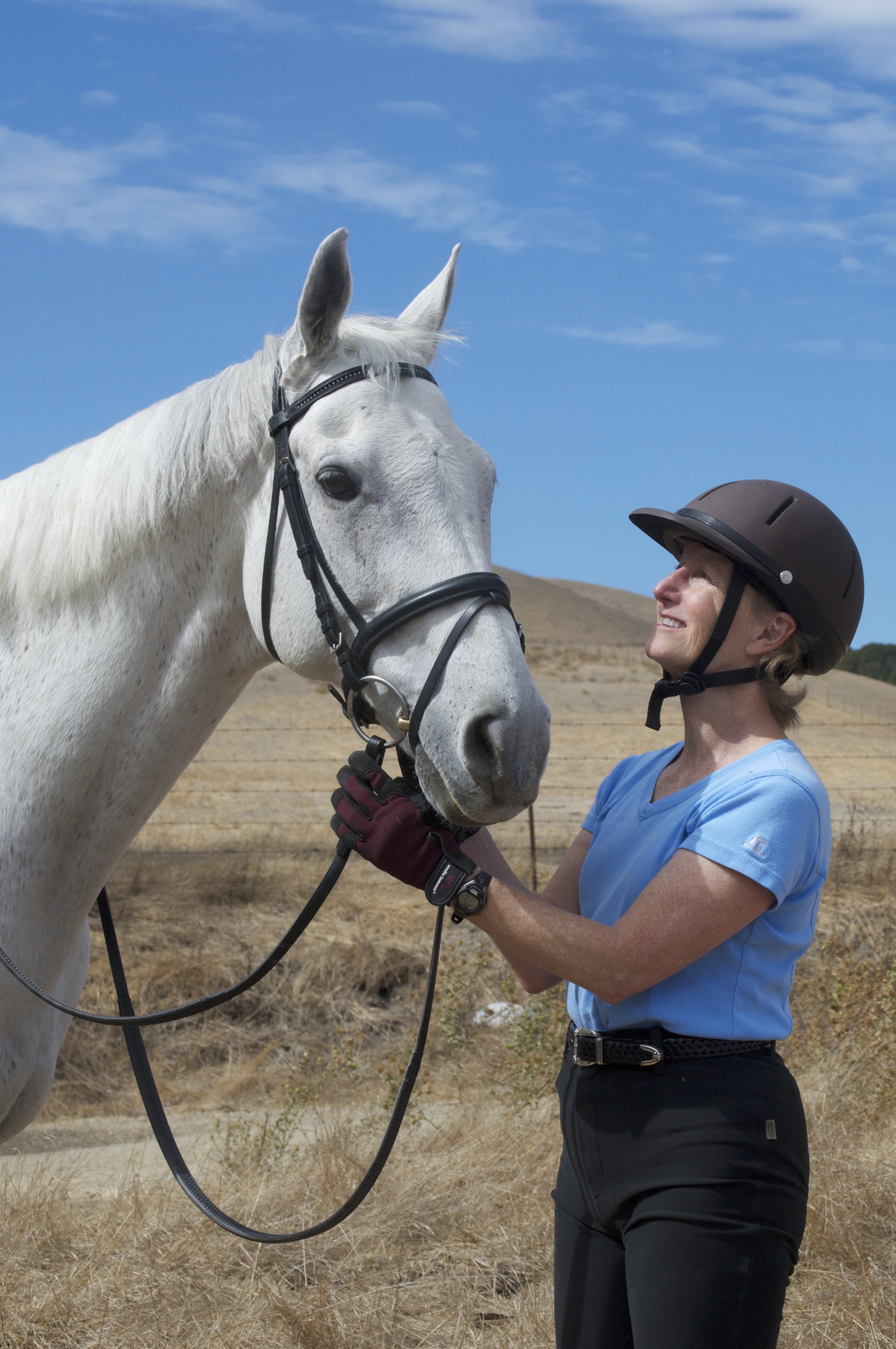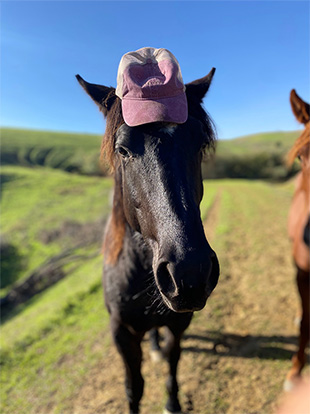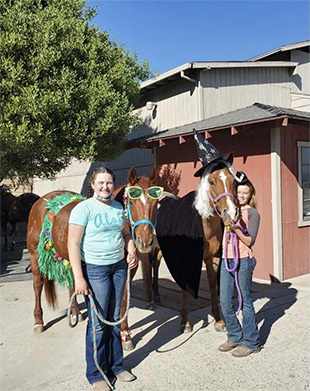 Often times we deal with the unknown when it comes to health crises. Children who are too young to tell us how they feel. Elderly parents or friends and family who are disoriented and can’t respond or are adamant that they are “fine” when, in fact, they are not. Or that random accident when a person is incapacitated and cannot answer our questions. However, we all know what to look for with our human loved ones…temperature, skin tone, pupil dilation, perspiration, respiration and many other signals that we are very familiar with can tell us when a person is in danger due to illness or accident.
Often times we deal with the unknown when it comes to health crises. Children who are too young to tell us how they feel. Elderly parents or friends and family who are disoriented and can’t respond or are adamant that they are “fine” when, in fact, they are not. Or that random accident when a person is incapacitated and cannot answer our questions. However, we all know what to look for with our human loved ones…temperature, skin tone, pupil dilation, perspiration, respiration and many other signals that we are very familiar with can tell us when a person is in danger due to illness or accident.
When it comes to our horses, though, how many of us know what to look for? What is normal? Do we know that their normal temperature is 99.5-101.5 F or that their pulse should be between 32 and 36 beats per minute or that they take an average of 8-12 breaths per minute?
We recommend getting to know your horse intimately. Practice taking his/her temperature and listening to his/her heart and respiration rates. Keep a small journal and track his/her “normal”. In this way, should the day come when he/she just doesn’t seem his or herself, you will know what to do, how to do it and be well practiced in doing a quick assessment to decide if and when to call the vet.
Simple tools are available to make this easier. Digital thermometers are inexpensive and readily available at any drug store, Target, Walmart, or even your grocery store. Arribavista keeps a stethoscope in the office under the payment drop-off box. It is there for the sole purpose of allowing you to borrow to practice and/or in times of need. Simply remember to return it each time you borrow it so it can be available to everyone!
Tips for checking temperature are really not that different than checking your child’s temp. To facilitate, a little petroleum jelly goes a long way to make things smoother and tying a string and attaching a clothespin to the end then clipping the clothespin to your horse’s tail can prevent losing the thermometer in your horse’s bedding should the thermometer fall. Then simply wait for the digital thermometer to do its job, beeping when it is finished.
The stethoscope can be used to listen to heart rate as well as to count breaths per minute—a watch with a second hand is also helpful. Place the stethoscope on the left side of his/her barrel, just behind the left elbow. Each “lub-dub” is one beat. Listen for 15 seconds and multiply by 4 to get the beats per minute.
Respiration can be done visually by watching your horse’s chest move in and out, by placing one hand over a nostril and feeling the air move in and out, or by applying the stethoscope to the trachea and listening to the air as he inhales and exhales. Respiration should sound clear and consistent. Are the breaths shallow or deep? Are there any abnormal sounds like squeaking or roaring?
A fourth test is to lift your horse’s lip and press your finger firmly to the gum above the front incisors. When you quickly remove your finger, the gum will be white and then, in the span of about two seconds, capillary refill will turn the gum pink again. Healthy horses have pink, moist gums. Count how long it takes to turn pink and let your vet know if and when you determine it is time to call.
We sincerely hope, that as foul weather approaches, you will be well versed in your horse’s normal. While it is warm out now, winter and winter-borne illness is just around the corner…and, of course, we are all hoping and praying to get plenty of rain and snow in the mountains to break this drought!!




